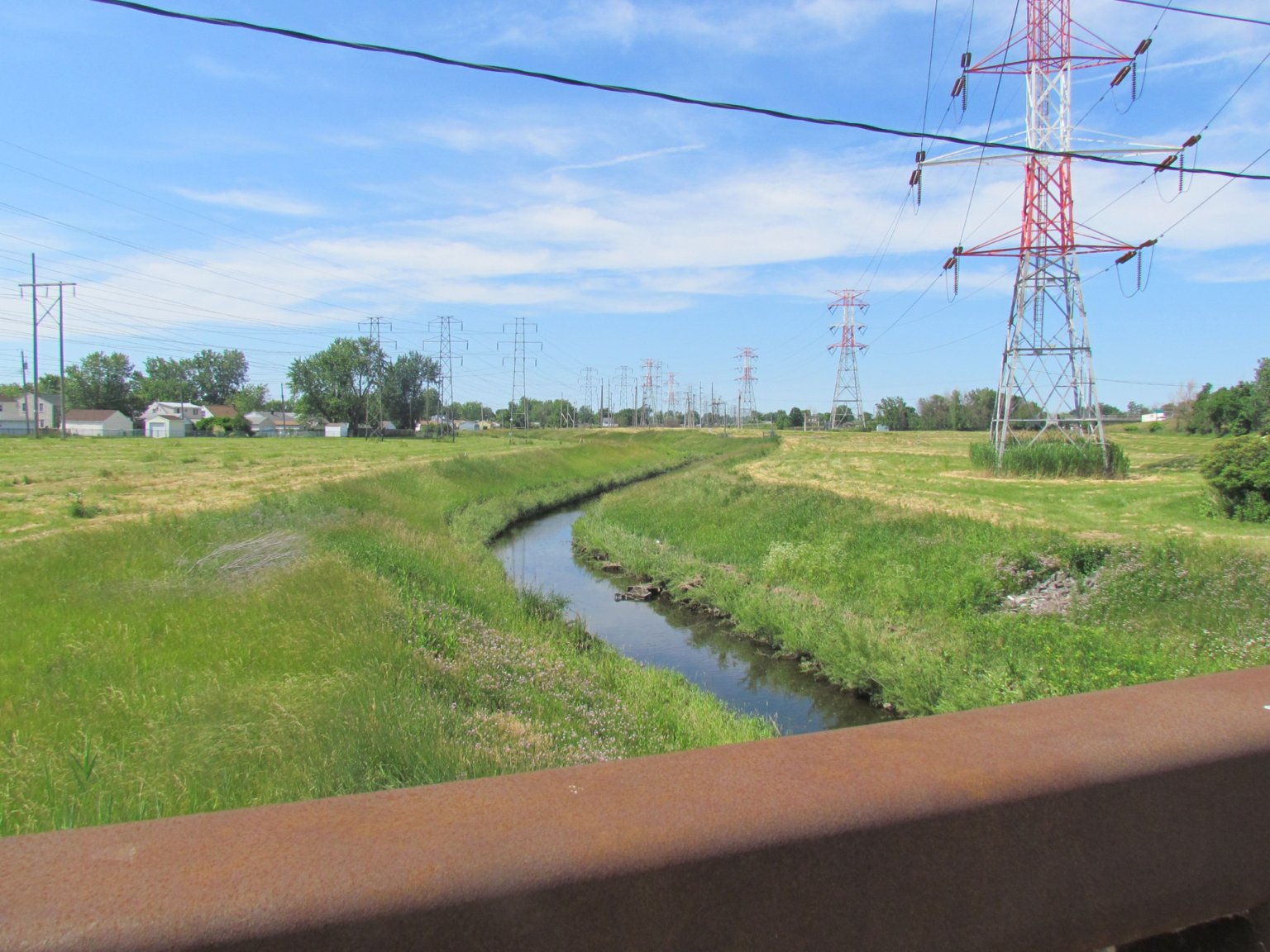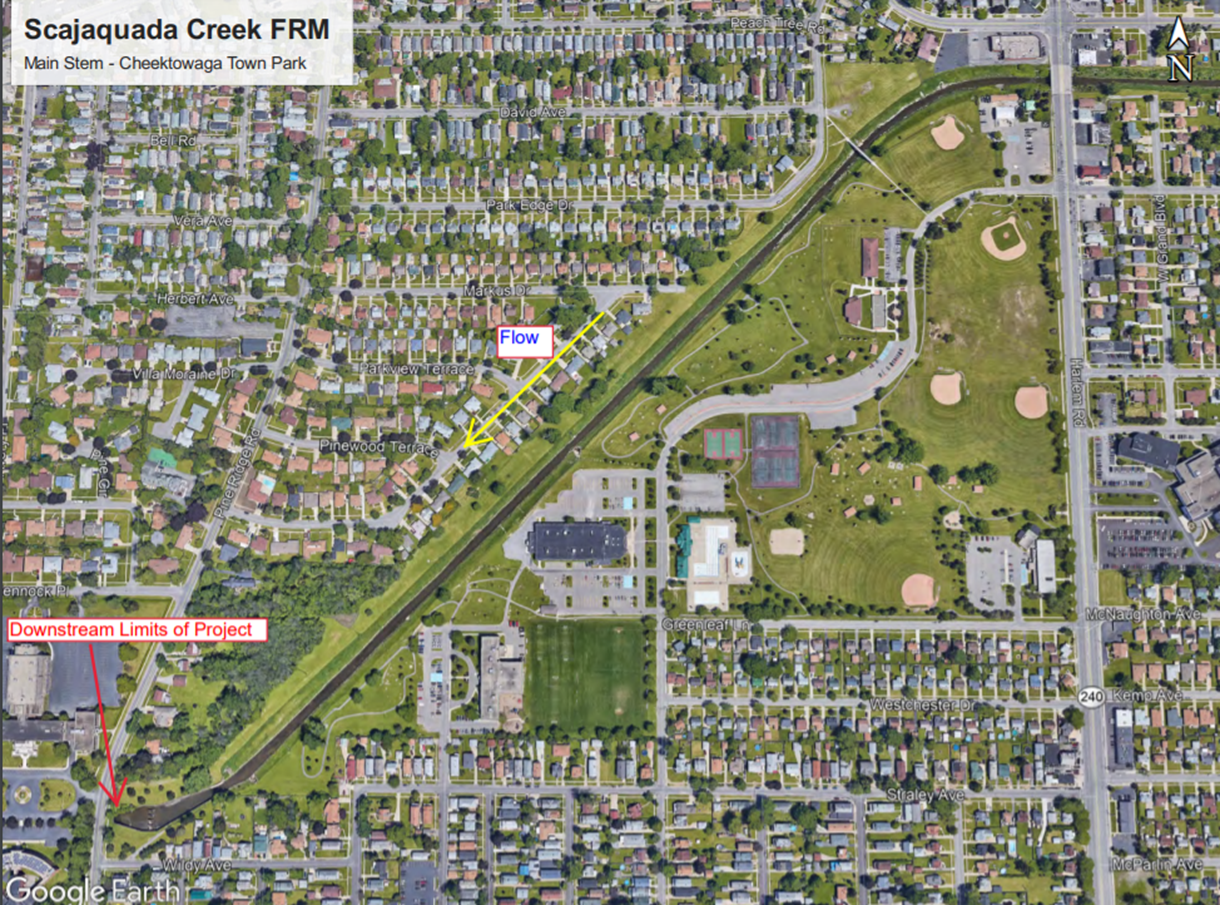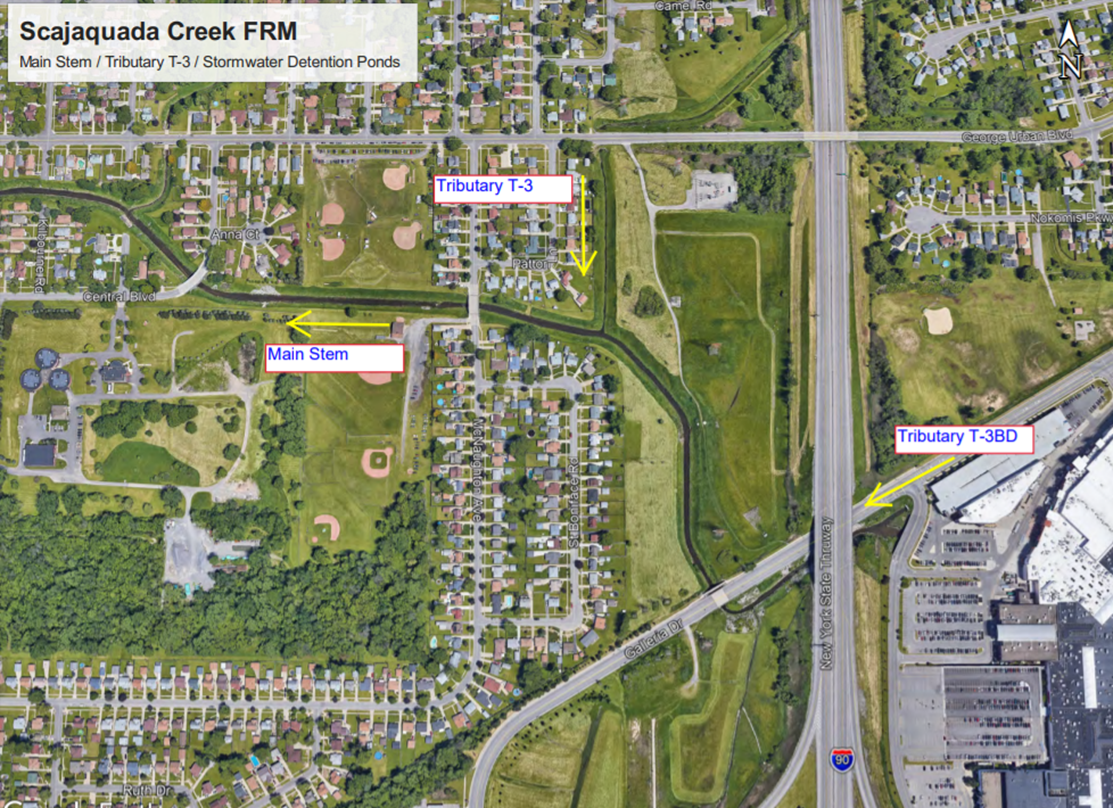To execute the 1135 Authority, the USACE needs to secure a local sponsor that can provide matching, non-Federal cost share. BNW and the United States Army Corps of Engineers (USACE) signed the Federal Cost Share Agreement at a press event/signing ceremony on July 11th, 2023.
Within Western New York, the USACE, BNW, and our partners (the New York State Department of Environmental Conservation and the Town of Cheektowaga) are looking to use the 1135 program to provide ecosystem restorations that enhance or offset the footprint of the FRM project located in the Town of Cheektowaga, originally constructed to address flooding along Scajaquada Creek. Suitable 1135 projects may be located anywhere within the Scajaquada Creek Watershed, but the Town of Cheektowaga is the priority area. The USACE anticipates approximately $10 million in Federal contributions may be available to complete these restorations. To “unlock” funding for implementation, an initial feasibility study phase will need to be completed, resulting in a report with analysis of a full suite of restoration alternatives and associated costs.
The Feasibility Study typically takes 18-24 months. The process began in Fall 2023 and is anticipated to be complete in Fall 2025. Following feasibility study the USACE would need to identify another sponsor for the detailed design and implementation stage via a Project Partner Agreement. The cost-share for the design portion of the effort is 65/35. The USACE is able to conduct construction under this authority.







